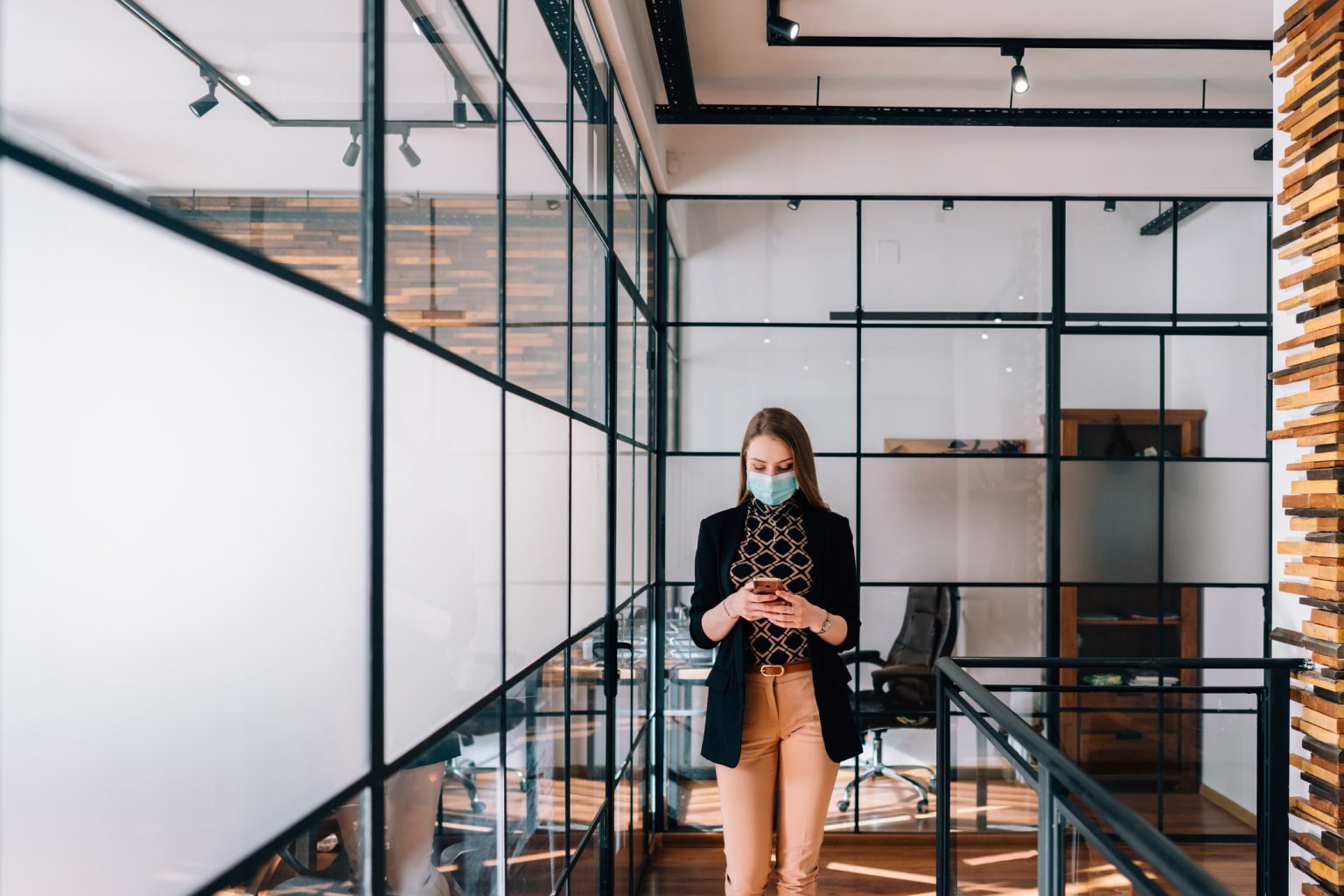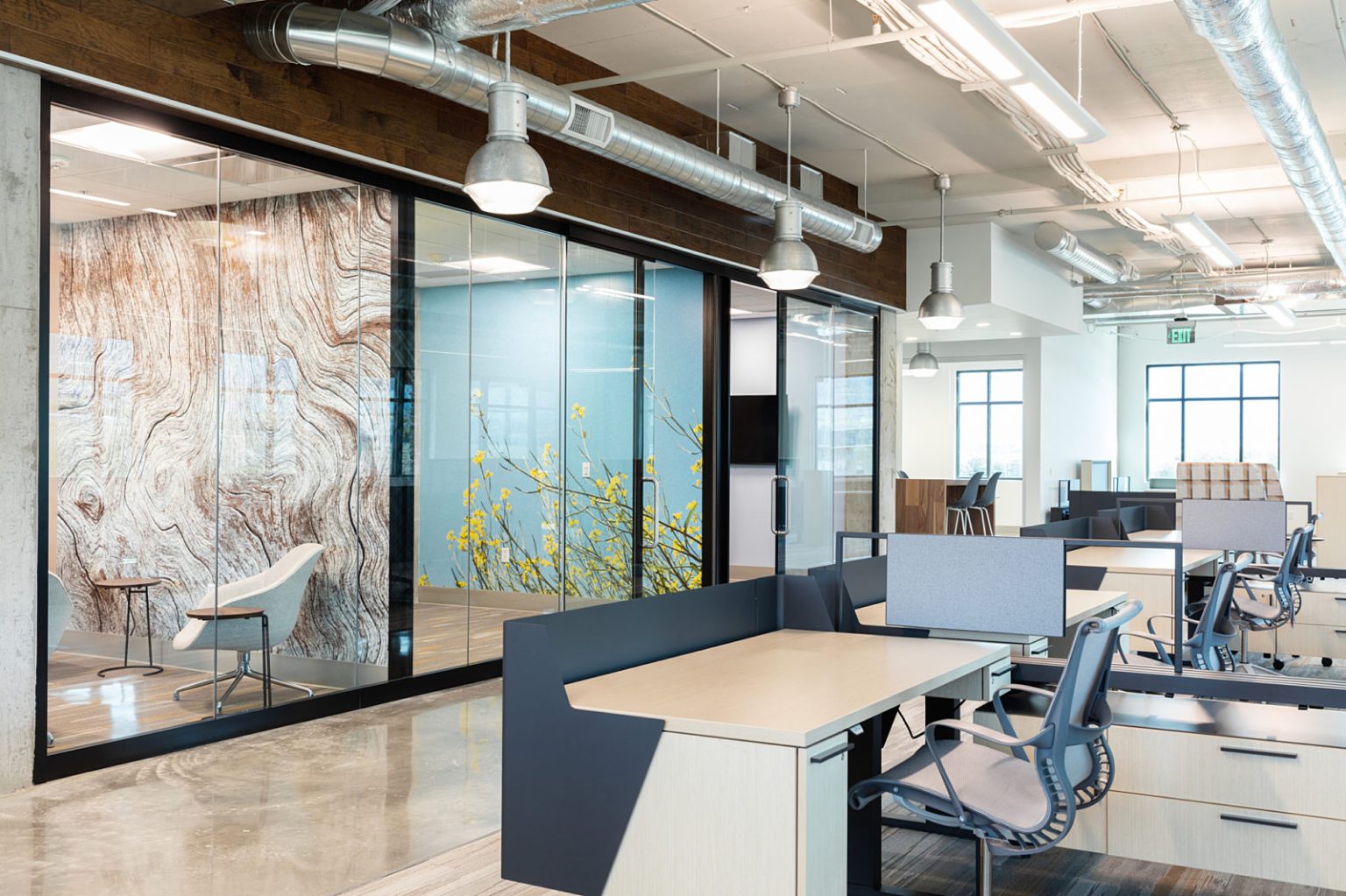Best Practices to Determine Office Space Needs in a Post-Pandemic World

Over the last two decades, I’ve helped companies locate and negotiate the perfect office space to lease. Part of the process is to facilitate the thinking through the challenging decisions they’re required to make before choosing a space that best suits them. Of them all, probably the most daunting question is “How much space do we need?” Nobody wants to overestimate the requirement for financial reasons or underestimate and risk an operational blowback. Answering these questions has become even more complicated in the last 18 months as companies examine the need for physical office space and the function of that space.
That process starts with deciding how much and what kind of space is needed in your office floorplan including private offices, workstations, conference rooms and other physical spaces. One part of the process that many companies overlook the importance of is anticipating what direction the company is going, how the company is integrating new technology and how the key people in the organization see their teams working in the future. They type of work performed at the office can inform the ideal floorplan. For instance, if you are a software company with code developers, there is less need for collaboration or conference rooms, versus a creative company where group thinking is more prevalent.
Confused yet? You’re not alone. Post pandemic, we have seen even the most sophisticated real estate departments approaching these questions dumbfounded. Here are few important conversations that have been helpful for partners as they work to determine the optimum floorplan and leasing requirements for their company:
Understanding the New Hybrid Workforce Trend
Over the last year, companies have realized that some job functions can be performed remotely without losing time or work quality. Many employee surveys are confirming that employees prefer to choose when they come in to work, and therefore the birth of the “hybrid” of both work from office and work from home options. One thing that many experts agree is that to truly experience a work culture, employees will need to frequent the office. Other important reasons for a physical office space include collaboration, training and the fact that many people’s social circles are in fact their colleagues at work. After a long year of isolation, employees want to be social again.
“Office time” is not only about days in the office, but also about time of day at the office. Imagine you have a 45-minute commute at 7:30 a.m., but its only 15 minutes if you left your house at 9 a.m. As an employer, a delayed arrival may not have been something an employee would have requested in 2019, but you can expect it moving forward. Perhaps the employee starts the day at their home office with the expectation they are at the office at 10 a.m. The employee will also likely be less frustrated thanks to the lack of traffic and more content when they arrive to work, having saved valuable time.
Consider surveying your employees to see what is important to them, and then balance the new freedoms they request against productivity. This may be a trial and error for a few months. This is not a time to be too prescriptive, as these best practices are evolving every day. Most companies are finding that hybrid work does not lead to less office space required, as employees still require the same amount of desk and collaborative space.
Examples of how some of the most well-recognized companies plan to structure their return to the office, as reported by CoStar:
- Salesforce: 56,000 employees – Salesforce, San Francisco’s largest employer and office occupant, recently extended the option for its workforce to continue to work from home through at least the end of 2021.
- Google: 150,000 employees – Google CEO Sundar Pichai told employees that, while “campuses have been at the heart of the Google community” for more than two decades, the company would implement a long-term flexible work model for its employees around the world.
- Apple: 37,000 employees – Apple is asking a majority of its employees to return to the office at least three days a week in an effort to build continuity and gradually return to its pre-pandemic days of in-office collaboration. Workers are expected to be in the workplace on Mondays, Tuesdays and Thursdays to promote consistency.
- Facebook: 59,000 employees – Facebook plans to begin opening at 10% capacity depending upon local health data and to slowly ramp up to an estimated 50% capacity by September. However, Zuckerberg said a large portion of the tech giant’s workforce may never return to an office again.
- Uber: 22,000 employees – The company’s headquarters reopened at about 20% capacity with employees allowed to return on a voluntary basis. Starting in September, Uber said it plans to shift to a hybrid work model where employees can work from home up to two days a week with “the clear expectation that they also come into the office three days a week.”
Incorporating Health and Wellness Trends
Safety is something that will be top of mind for employees in the future; it is human nature after the pandemic. Better indoor air quality, touchless access and an overall cleanliness is what employees expect today. More natural light is the top request on many surveys and can be accomplished by moving the private offices to the interior of the space, adding glass so spaces are not stifled and moving workstations to the window lines. Or, companies can look for buildings with a better “window line” altogether. Many modern buildings today have maximized their glass lines and some offer floor-to-ceiling glass. Plants, bright colors, better LED overhead light and wider hallways are all more popular than ever in floor plans. Many companies are also considering including a meditation lounge or functional fitness room to their programming.
An example of an office space that has been re-tooled to fit the needs to the post-pandemic workforce even before breaking ground is UnCommons, which will change the idea of what it means to office in a thriving and inspiring workplace. Opening next year in southwest Las Vegas, we are creating a workplace with market-leading design and technology, floor-to-ceiling windows that welcome both daylight and views, balconies for fresh air, a conference center that can be used to host small meetings and workshops, and outdoor meeting areas.
Although people have been more focused on their own health, they are also putting more importance on the health of the environment. Energy-efficient buildings and sustainability goals will quickly become top of mind again and help a company’s story as they recruit and retain talent. UnCommons, for example, will be the first of its kind in Nevada to be built by the standards for WELL™ Certification, which are the highest third-party endorsement of a building’s performance and protection of employee health. UnCommons is also pursuing certification by Green Globes®, a nationally-recognized green rating assessment, guidance and certification program.
It takes more thought than money to solve many of these requests to support a thriving workforce yearning to get back to the office. By starting with thinking about how your workforce, both current and future, will use the space and what kind of expectations they’ll have for flexibility and wellness you’ll be on your way to office nirvana.


